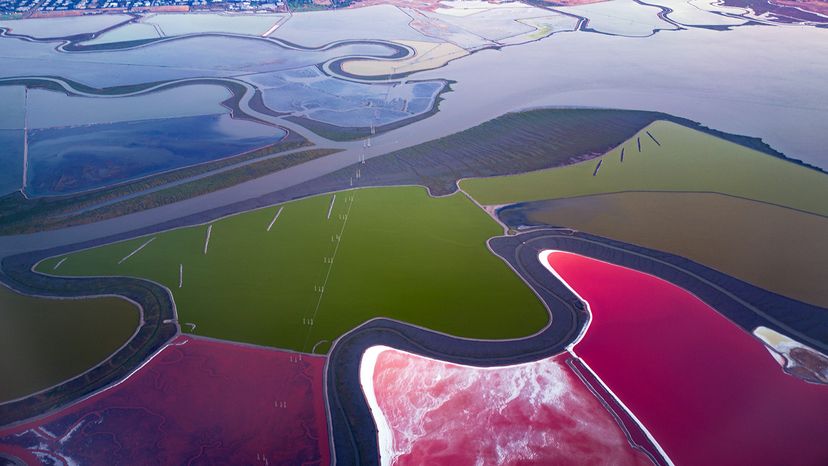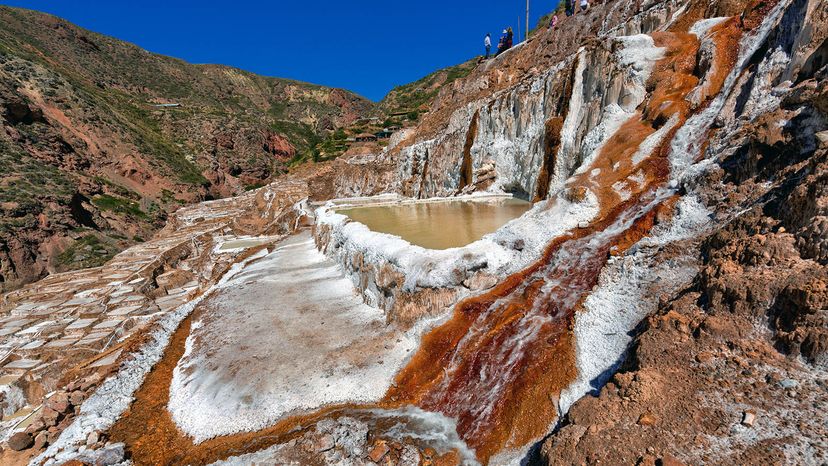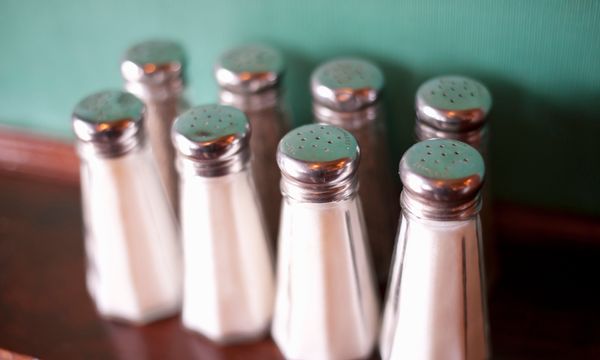
Most of us use it every day without even thinking twice about it. We're talking about salt, also known as sodium chloride (the chemical compound NaCL). But where does salt come from? Walk into a spice store and you'll see there's a lot of variety in sodium chloride. For instance, online retailer and New York's famous spice store Kalustyan's, for instance, has more than 80 varieties of sea salt alone. What makes them all different?
A lot of things. First, just like terroir makes a difference in how wine tastes, place and source explain why salts have different flavors and colors — and uses. So, just like all wine is fruity (it comes from grapes, after all), all salt is salty, but there's more to the way we perceive what we eat than that. In this article, we'll explore the salt mines and sea water where our salt production stems from, and explain how so many salts develop their particular qualities.
Advertisement


